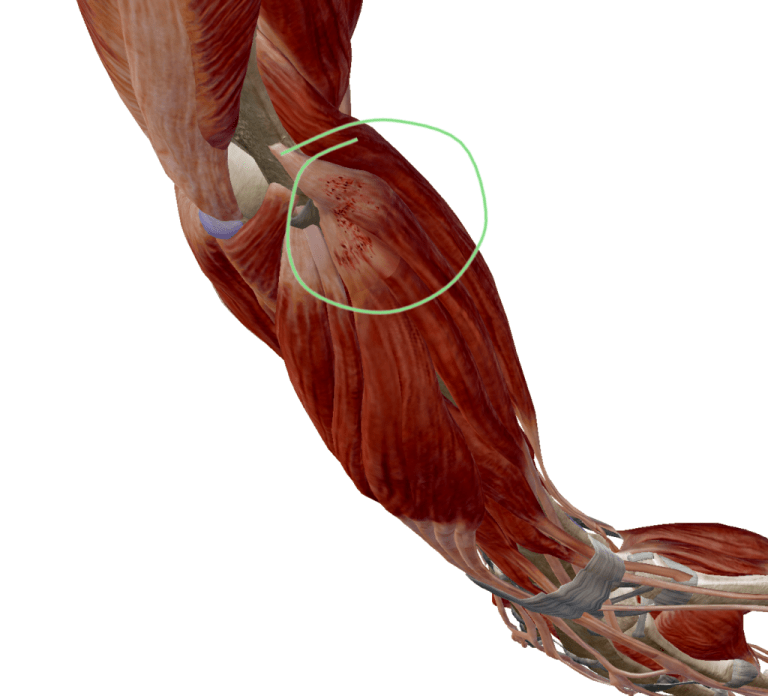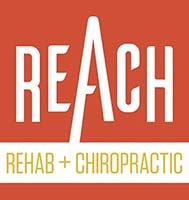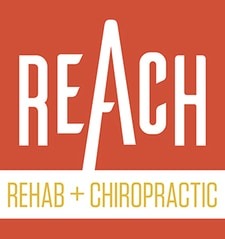Tennis Elbow
What is Tennis Elbow?
Lateral Epicondylitis, otherwise known as tennis elbow, is a type of tendinitis characterized by inflammation with associated pain and tenderness of the tendons on the lateral aspect of the elbow. The tendons can become irritated due to activities stressing the forearm, elbow, or wrist. Regardless of its name, tennis elbow can affect you even if you’ve never set foot on a tennis court. Instead, any repetitive gripping, typing, or fine-motor activity involving the forearm, wrist, and hand are common culprits causing tennis elbow.
What Tennis Elbow isn’t
It’s important to note lateral elbow pain is not always tennis elbow — a common misdiagnosis. All of the nerves which control the muscles of the arm come from the spine specifically the neck. So, a neck problem can actually be the cause of elbow pain.
If your elbow pain hasn’t resolved or significantly improved with time and rest, changes the way it feels depending on the activity, and can sometimes even feel it a rest, it’s more than likely pain mimicking tennis elbow.

Circled is microtrauma of the outside elbow associated with lateral epicondylitis, AKA tennis elbow.
How do I know if I have Tennis Elbow?
Stick out the arm with the painful elbow, make a fist, and turn the fist upward like throttling the accelerator of a motorcycle and hold. Now, take your opposite hand try to push that fist down while you resist. Does it recreate your elbow pain? You have “tennis elbow,” but why is it there and where is the source of the problem?
Does your elbow pain change in pain frequency or intensity? Do you have accompanying stiffness or limited range of motion of your neck or elbow? If yes, It’s probably not real tennis elbow, rather elbow pain from a remote source.
What are common causes of Tennis Elbow?
Activities like tennis, racquetball or weightlifting are common causes of tennis elbow. However, job and hobbies requiring repetitive use of the hands and wrists such as gripping, typing, and sewing are the likely culprits of overuse elbow tendonitis.
Elbow pain that is not tennis elbow — a neck problem — is the result of habitual postures, patterns, and behaviors. As a society, we sit way more than we think we do. As a result of prolonged sitting, our necks adapt to our electronics in a forward posture. Prolonged forward posture puts undue stress on the neck to a point where it irritates the nerves to the elbow, thus sending pain to it.
What are standard treatments for Tennis Elbow?
Standard treatments for tennis elbow include rest, massage, various soft tissue therapies, acupuncture, physical therapies, and icing… Just to name a few. The problem is all these treatments can be a complete waste of time when treating an elbow problem that is not actually a problem with the elbow.
In extreme cases, surgery may be necessary; however, we’re skeptical of how many elbow surgeries for pain relief are unidentified neck problems.
What can I do about my Tennis Elbow?
As with any problem, it’s crucial to understand and address the ‘what’ and the ‘why’.
For true tennis elbow, it’s essential to identify any behavioral patterns driving the problem in the first place. If the pain is from overuse activity, then that activity needs a break.
If you keep breaking the scab, it will never heal.
Further, any functional limitations subjecting the tendons to excessive stress need consideration. Poor shoulder control or stability can submit the elbow to having to do more work than it can handle leading to overuse. Addressing shoulder mechanics will reduce the amount of stress on the elbow by sharing the load.
Elbow pain as the result of a neck problem is an entirely different ball game. First and foremost, postural behaviors need nipping at the butt — watch yourself regarding staring electronic screens for several minutes at a time. Secondly, there’s likely an imbalance in the spine which could probably restore balance and resolve pain by applying simple strategies.
Try this neck tuck to help neck and shoulder pain:
If the neck doesn’t make any notable changes, test the elbow:
Golfers Elbow
What is Golfer’s Elbow?
Medial Epicondylitis, or Golfer’s elbow, is a type of tendinitis characterized by inflammation with associated pain and tenderness of the tendons on the medial (toward the body) aspect of the elbow. The tendons can become irritated due to activities stressing the forearm, elbow or wrist. Regardless of its name, golfer’s elbow can affect you even if you have yet to play a round of Golf. Any repetitive fine-movement activities involving the forearm, wrist, and hand, like gripping or typing, are common culprits causing golfer’s elbow.
What Golfer’s Elbow isn’t
It’s important to note medial elbow pain is not always golfer’s elbow — a common misdiagnosis. The nerves controlling the muscles of the arm come from the spine, specifically the neck. A neck problem can actually be the cause of elbow pain.
How do I know if I have Golfer’s Elbow?
Make a fist and place it out in front of you like you’re ready to. Now, take your opposite hand try to push that fist down while you resist. Does it recreate your elbow pain? You have “tennis elbow,” but why is it there and where is the source of the problem?
Does your elbow pain change in pain frequency or intensity? Do you have accompanying stiffness or limited range of motion of your neck or elbow? If yes, It’s probably not real golfer’s elbow, instead of elbow pain from a remote source.
What are common causes of Golfer’s Elbow?
Activities like tennis, racquetball or weightlifting are common causes of golfer’s elbow. However, job and hobbies requiring repetitive use of the hands and wrists such as gripping, typing, and sewing are the likely culprits of overuse elbow tendonitis.
Golfer’s elbow that is not golfer’s elbow — a neck problem — is the result of habitual postures, patterns, and behaviors. As a society, we sit way more than we think we do. As a result of prolonged sitting, our necks adapt to our electronics in a forward posture. Prolonged forward posture puts undue stress on the neck to a point where it irritates the nerves to the elbow, thus sending pain to it.
What are standard treatments for Golfer’s Elbow?
Standard treatments for golfer’s elbow include rest, massage, various soft tissue therapies, acupuncture, physical therapies, and icing… Just to name a few. The problem is all these treatments can be a complete waste of time when treating an elbow problem that is not a problem with the elbow.
In extreme cases, surgery may be necessary; however, were skeptical of how many golfer’s elbow surgeries are undiscovered neck problems.
What can I do about my Golfer’s Elbow?
As with any problem, it’s crucial to understand and address the ‘what’ and the ‘why’.
For true golfer’s elbow, it’s essential to identify any behavioral patterns driving the problem in the first place. If the pain is from overuse activity, then that activity needs a break.
If you keep breaking the scab, it will never heal.
Further, any functional limitations subjecting the tendons to excessive stress need consideration. Poor shoulder control or stability can submit the elbow to having to do more work than it can handle leading to overuse. Addressing shoulder mechanics will reduce the amount of stress on the elbow by sharing the load.
Elbow pain as the result of a neck problem is an entirely different ball game. First and foremost, postural behaviors need nipping at the butt — watch yourself regarding staring electronic screens for several minutes at a time. Secondly, there’s likely an imbalance in the spine which could probably restore balance and resolve pain by applying simple strategies.
If your golfer’s elbow hasn’t resolved or significantly improved with time and rest, it changes the way it feels depending on the activity, and you can occasionally feel it a rest, it’s more than likely pain mimicking golfer’s elbow pain.
Sick of suffering the same old symptoms, but not sure if we can help? Schedule a courtesy call to ask a REACH Doc. We’ll lead you in the right direction!
Got a Question?
Ask the REACH Docs!
[contact-form-7 id=”8″ title=”Contact form 1″]

